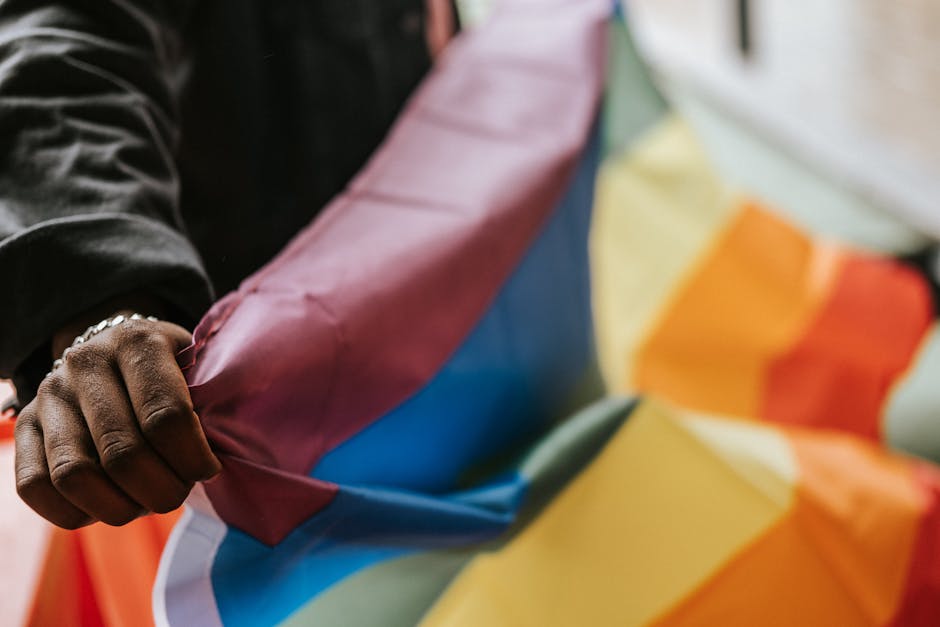
Exploring the gender spectrum: Beyond male and female
Exploring the gender spectrum: Beyond male and female
Gender identity is a complex topic that goes beyond the traditional binary of male and female. It encompasses a spectrum of identities, each unique and valid. Understanding and accepting this diversity is crucial for creating an inclusive society.
People have started to challenge the limited social constructs of gender, acknowledging that it is not solely determined by biological sex. This shift has allowed individuals to explore and express their own gender identities authentically.
One important aspect of the gender spectrum is non-binary identities, which refers to those who don't exclusively identify as male or female. It includes genderqueer, genderfluid, agender, bigender, and more. Non-binary individuals may experience their gender identity as fluid or as a fixed identity outside of the binary.
Transgender individuals are another group within the gender spectrum. They possess a gender identity that differs from the sex assigned to them at birth. Transgender people may identify as male, female, or non-binary, and may undergo medical transitions, such as hormone therapy or surgeries, to align their physical appearance with their gender identity.
Intersex individuals are born with variations in sex characteristics that may not fit typical definitions of male or female. They can have a mix of biological attributes associated with both sexes. It's essential to respect their unique experiences and understand that intersex is not the same as being non-binary or transgender.
Gender diversity goes beyond these mentioned identities, with numerous other terms and experiences that people use to describe their unique gender journeys. It's important to listen to individuals' self-identification and address them accordingly, using their preferred pronouns and respecting their autonomy.
This blog post serves as an introductory exploration of the gender spectrum. Remember, everyone's gender experience is personal and valid, and it's essential to create a society that embraces and respects this diversity.

